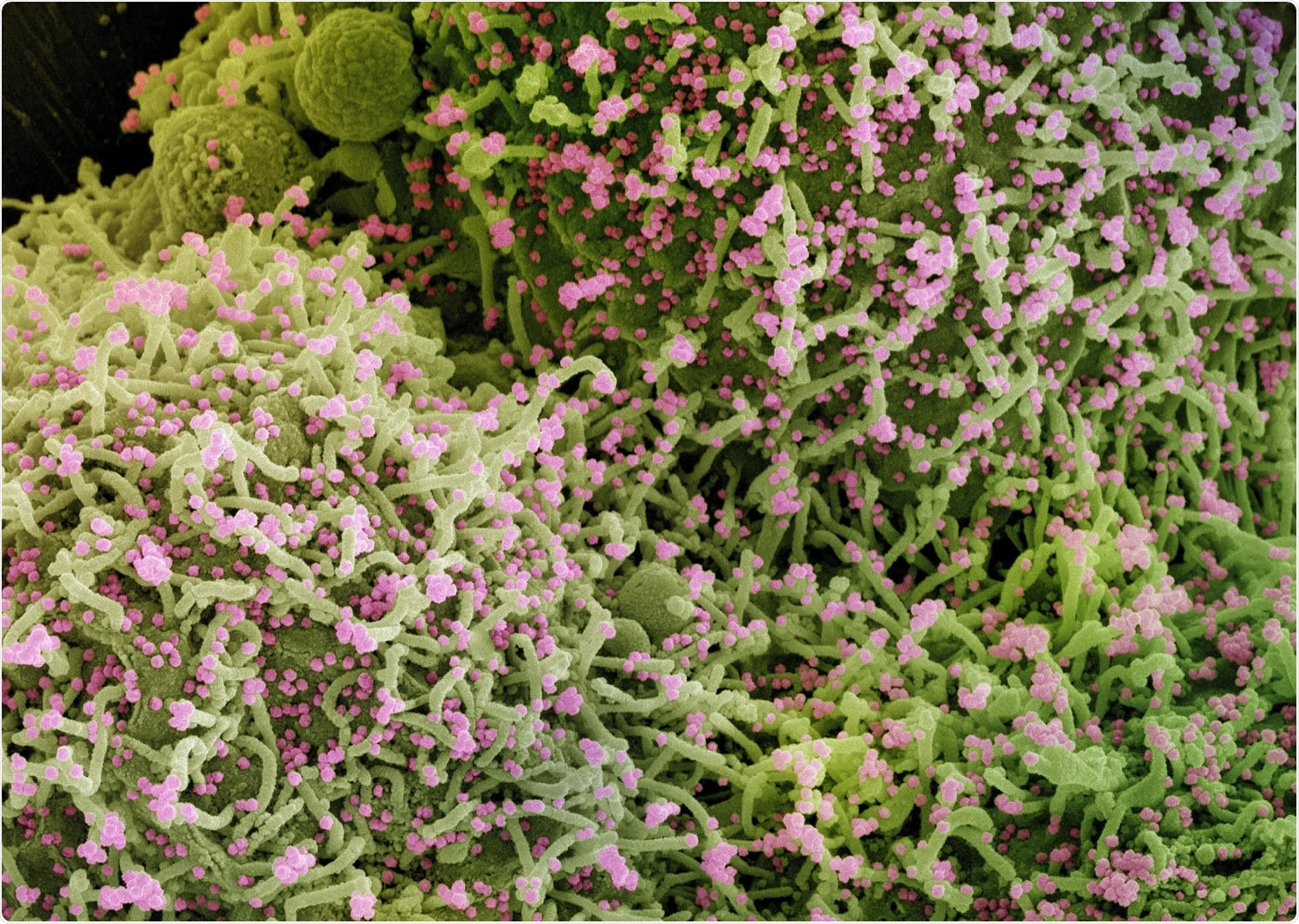
Severe acute respiratory syndrome coronavirus 2 (SARS-CoV-2) has been linked to coagulation disturbances, garnering interest in using antithrombotic therapy to treat COVID-19 infection. However, the specific type of thromboembolic risk in COVID-19 patients remains poorly understood.
New research published in the medRxiv* preprint server suggests that COVID-19 illness incurs a greater 90-day risk of venous thrombosis than the flu. However, arterial thrombosis remains a higher risk among people with the influenza virus.

The results may help with understanding the role of thromboprophylaxis when managing COVID-19 infection.
“Together, these findings address key knowledge gaps regarding the independent thromboembolic risks of COVID-19 compared with influenza and may guide future work to clarify the role of thromboprophylaxis in COVID-19 management,” wrote the research team.
Patient information
From January 1, 2015, to October 31, 2020, the researchers collected insurance claims data who had either the flu or a COVID-19 infection. The study period was chosen to minimize the chances of a person with influenza having an undiagnosed COVID-19 illness.
About 417,975 COVID-19 patients were included in the study because they tested positive for COVID-19 illness after April 1, 2020. The median age was 57, and 61% of patients were women.
People in the influenza group were included in the study if they tested positive between October 1, 2018, to April 30, 2019. A total of 345,934 patients were enrolled. The median age was 47, and 66% of patients were women.
Between both groups, patients in the COVID-19 cohort were more likely to be male, required hospitalization for infection, and have chronic comorbidities.
Also noted were any comorbidities associated with cardiovascular disease and medications — including anticoagulants, antiplatelets, and statins.
In the COVID-19 group, 54% had heart disease, and 3.4% had venous thromboembolism. In the influenza group, 41% had heart disease, and 1.9% had venous thromboembolism.
.jpg)
Arterial thromboembolism risk is higher in COVID-19 patients with a history of heart disease
A significantly increased risk of venous thromboembolism was observed in COVID-19 patients. However, there was not a higher risk for arterial thromboembolic events.
Although, having a history of heart disease was associated with a higher arterial thromboembolic risk in the COVID-19 groups. A history of venous thromboembolic risk increases the risk for venous thromboembolism in COVID-19 patients.
Having either acute deep vein thrombosis or pulmonary embolism influences the risk of venous thromboembolism.
“These findings support close monitoring for venous events after a diagnosis of COVID-19, as well as the use of strategies to mitigate venous risk, including nonpharmacological and pharmacologic prophylaxis,” wrote the researchers.
There was no difference in risk of ischemic stroke and myocardial infarction between both groups.
Study limitations
Several limitations should be taken into consideration when interpreting the results.
Race and ethnicity data were unavailable, making it difficult to generalize the findings to a diverse patient population. Additionally, the study may not reflect populations across the United States.
Confounds not controlled for in the study may have also affected baseline characteristics between both groups. For example, information on a patient’s death was unavailable. However, the researchers did follow-up on the last day of a recorded claim or the last day of insurance enrollment to reduce the chances of missing a death event.
The researchers note the results should encourage future research to further understand the causes behind arterial and venous thromboembolic risks in COVID-19 infection and how thromboprophylaxis may affect COVID-19 treatment regimens.
*Important Notice
medRxiv publishes preliminary scientific reports that are not peer-reviewed and, therefore, should not be regarded as conclusive, guide clinical practice/health-related behavior, or treated as established information.
- Ward A, et al. (2021). COVID-19 is associated with higher risk of venous thrombosis, but not arterial thrombosis, compared with influenza: Insights from a large US cohort. Doi: https://doi.org/10.1101/2021.10.15.21264137, https://www.medrxiv.org/content/10.1101/2021.10.15.21264137v1
Posted in: Medical Research News | Medical Condition News | Disease/Infection News
Tags: Cardiovascular Disease, Chronic, Coronavirus, Coronavirus Disease COVID-19, Deep Vein Thrombosis, Embolism, Flu, Heart, Heart Disease, Influenza, Ischemic Stroke, Myocardial Infarction, Prophylaxis, Pulmonary Embolism, Research, Respiratory, SARS, SARS-CoV-2, Severe Acute Respiratory, Severe Acute Respiratory Syndrome, Stroke, Syndrome, Thromboembolism, Thrombosis, Venous Thromboembolism, Virus

Written by
Jocelyn Solis-Moreira
Jocelyn Solis-Moreira graduated with a Bachelor's in Integrative Neuroscience, where she then pursued graduate research looking at the long-term effects of adolescent binge drinking on the brain's neurochemistry in adulthood.
Source: Read Full Article